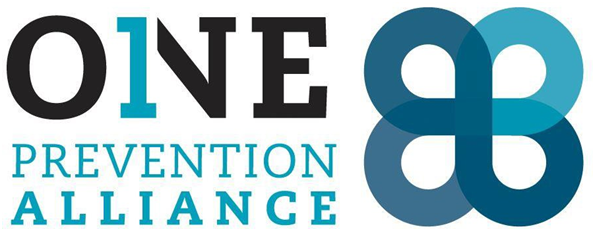
5 reasons why you should talk with your child about alcohol
1. The Chance That Children Will Use Alcohol Increases as They Get Older.
About 10 percent of 12-year-olds say they have tried alcohol, but by age 15, that number jumps to 50 percent. The sooner you talk to your children about alcohol, the greater chance you have of influencing their decisions about drinking.1
2. Parents Play a Critical Role in Children’s Decisions to Experiment With Alcohol.
Studies have shown that parents have a significant influence on young people’s decisions about alcohol consumption,2 especially when parents create supportive and nurturing environments in which their children can make their own decisions.3 In fact, around 80 percent of children feel that parents should have a say in whether they drink alcohol.4, 5
3. The Conversation is Often More Effective Before Children Start Drinking.
If you talk to your kids directly and honestly, they are more likely to respect your rules and advice about alcohol use. When parents know about underage alcohol use, they can protect their children from many of the high-risk behaviors associated with it.
4. Some Children May Try Alcohol as Early as 9 Years Old.
Most 6-year-olds know that alcohol is only for adults. Between the ages of 9 and 13, children start to view alcohol more positively. Many children begin to think underage drinking is OK. Some even start to experiment. It is never too early to talk to your children about alcohol.6
5. If You Do Not Talk About It, You Are Still Saying Something.
What you say to your children about alcohol is up to you. But remember, parents who do not discourage underage drinking may have an indirect influence on their children’s alcohol use.7
_______________________
Information provided by the Substance Abuse and Mental Health Services Administration (SAMHSA). For more information visit: www.underagedrinking.samhsa.gov.
1, 6 U.S. Department of Health and Human Services. The Surgeon General’s Call to Action to Prevent and Reduce Underage Drinking: A Guide to Action for Educators. U.S. Department of Health and Human Services, Office of the Surgeon General, 2007.
2, 5 Nash, S.G., McQueen, A., and Bray, J.H. (2005). Pathways to adolescent alcohol use: Family environment, peer influence, and parental expectations. Journal of Adolescent Health, 37(1), 19–28.
3 Barnes, G.M., Reifman, A.S., Farrell, M.P., and Dintcheff, B.A. (2000). The effects of parenting on the development of adolescent alcohol misuse: A six-wave latent growth model. Journal of Marriage and Family, 62(1), 175–186.
4 Jackson, C. (2002). Perceived legitimacy of parental authority and tobacco and alcohol use during early adolescence. Journal of Adolescent Health 31(5), 425–432.
7 Sieving, R.E., Maruyama, G., Williams, C.L., and Perry, C.L. (2000). Pathways to adolescent alcohol use: Potential mechanisms of parent influence. Journal of Research on Adolescence, 10(4), 489–514.

